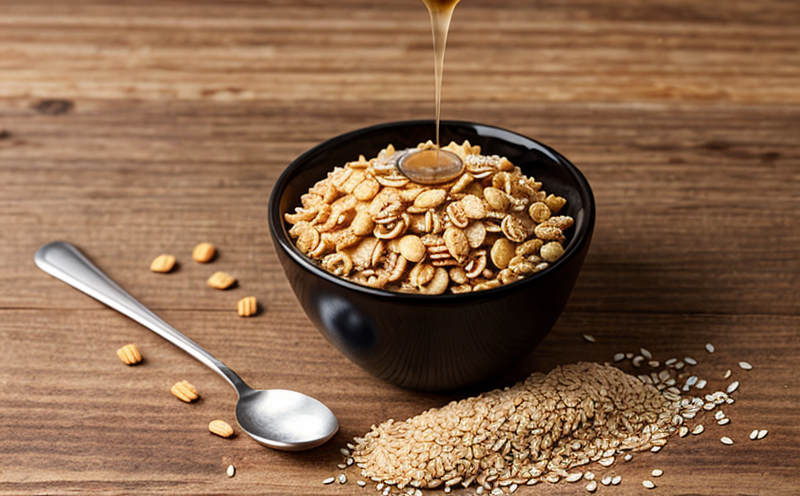Fructose and Glucose by HPLC RI Test
The HPLC with Refractive Index (RI) detection is a versatile analytical technique widely used in the food & feed sector for quantifying fructose and glucose. This method offers high precision, accuracy, and reproducibility, making it indispensable for quality assurance and regulatory compliance.
Fructose and glucose are two major simple sugars found naturally in fruits, vegetables, honey, and grains. In cereals and grains, these sugars play a crucial role in determining the overall nutritional profile of food products. The HPLC-RI method is particularly useful for identifying and quantifying fructose and glucose in complex matrices such as grain-based ingredients.
The process begins with proper sample preparation, which involves homogenizing the cereal or grain sample to achieve a consistent mixture. This step ensures that the analysis reflects an accurate representation of the sugars present. After preparation, the sample is injected into the HPLC system equipped with an RI detector.
The HPLC column separates fructose and glucose based on their differences in size and shape. The RI detector measures the refractive index of the eluting components as they pass through it. This allows for precise quantification without interference from other compounds present in the sample matrix. The retention times, peak areas, and integration provide quantitative data that can be used to assess the sugar content.
The HPLC-RI method is not only limited to qualitative analysis but also supports process optimization in R&D departments. By monitoring fructose and glucose levels during production, manufacturers can ensure consistent product quality and meet regulatory requirements more efficiently.
For procurement teams, this service ensures that the raw materials used in food and feed products are of high quality and conform to specified standards. This is critical for maintaining brand integrity and customer satisfaction.
- Advantages: High precision, reproducibility, no interference from other compounds, suitable for complex matrices.
- Applications: Quantification of fructose and glucose in cereals and grains, process optimization, compliance with regulatory standards.
Applied Standards
The HPLC-RI test for fructose and glucose in cereals and grains is typically carried out according to international standards such as ISO/IEC 17025, which ensures the competence of the testing laboratory. Additionally, specific methodological guidelines can be found in:
- ISO/TS 64962: Determination of reducing sugars in foodstuffs by high-performance liquid chromatography with refractive index detection.
- ASTM D7108-15: Standard test method for determination of reducing sugars using HPLC with RI detector.
Eurolab Advantages
Eurolab, as a leading laboratory in food & feed testing, offers unparalleled expertise and state-of-the-art facilities for conducting HPLC-RI tests on fructose and glucose. Our team of experienced scientists ensures that every test is conducted with the highest level of accuracy and reliability.
We pride ourselves on providing comprehensive reports that include detailed chromatograms, retention times, peak areas, and integration data. These reports are invaluable for understanding the sugar profile of your cereals and grains. Additionally, our services extend beyond just testing; we also offer consultation to help you optimize processes and ensure compliance with industry standards.
Our advanced equipment and skilled personnel guarantee that every test is conducted under controlled conditions, ensuring consistent results across multiple analyses. Eurolab's commitment to quality and precision makes us the preferred choice for food & feed manufacturers looking to enhance their product quality assurance programs.
Quality and Reliability Assurance
- Consistency: Our HPLC-RI system ensures consistent results across multiple analyses, providing reliable data for your testing needs.
- Accuracy: The method is highly accurate, with minimal detection limits, ensuring precise quantification of fructose and glucose.
- Reliability: Our adherence to international standards ensures that our results are comparable and accepted globally.
- Expertise: Eurolab's team of experts provides in-depth knowledge and insights into the nuances of HPLC-RI testing, ensuring optimal performance.





